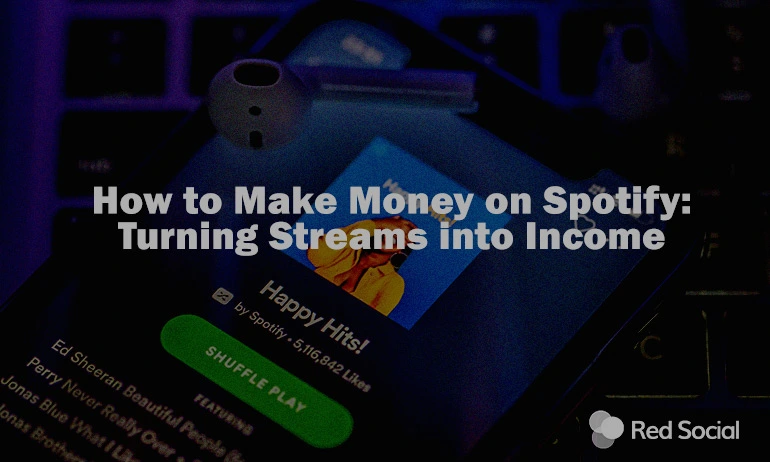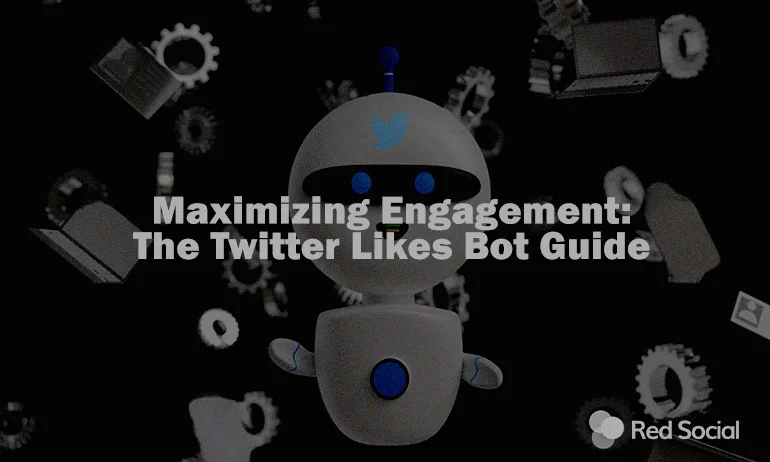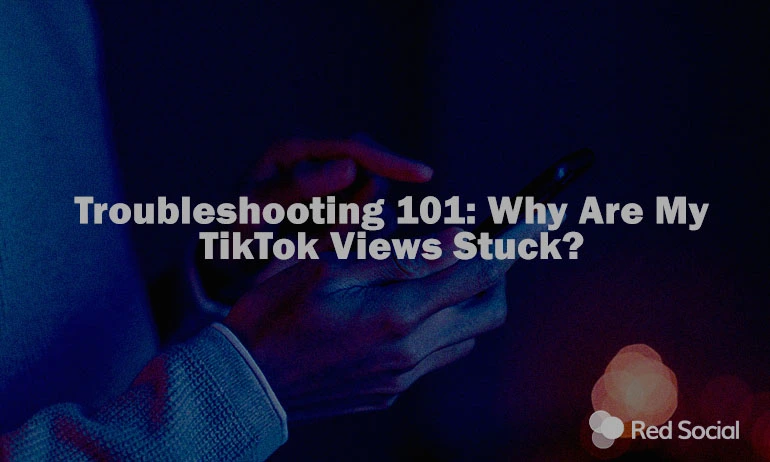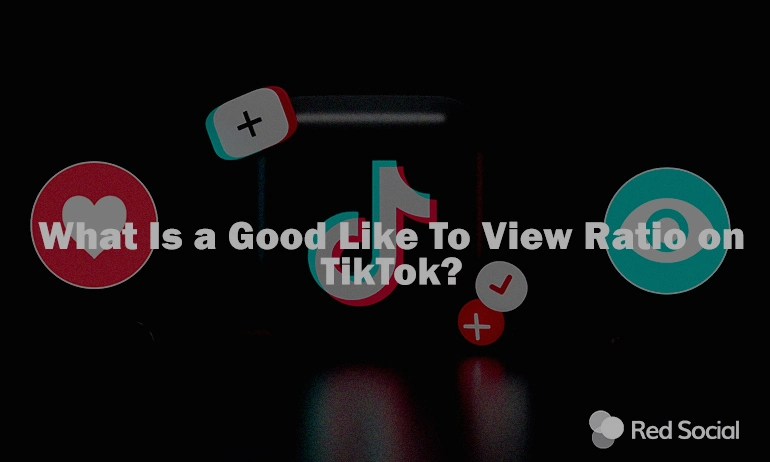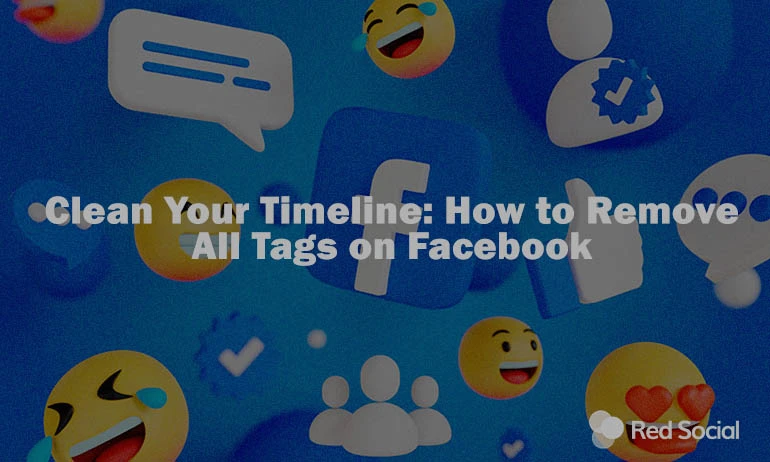Are you passionate about music or podcasting and aiming to reach listeners globally? Spotify serves as a powerful platform that connects artists and podcasters with millions of fans all over the world. In the fourth quarter of 2023, Spotify reached an all-time high with 602 million active users worldwide, marking an increase of over 110 million users in just one year. This tremendous growth highlights Spotify’s scale and the expanding opportunities for creators within today’s competitive streaming environment. Knowing how to effectively monetize on Spotify is crucial. This guide provides detailed strategies and insights to help you transform your Spotify streams into substantial income.
Understanding Spotify’s Payment Structure
Grasping Spotify’s payment structure is essential for creators looking to monetize their music or podcasts effectively. The platform uses a stream-share model that compensates artists and podcasters based on their total stream counts. Earnings are calculated using a pooled revenue model, where all user subscriptions and ad revenues are distributed among creators according to their proportion of total plays.
- Market Differences: The value of streams varies across different countries and regions, impacted by local subscription rates and advertising revenues.
- Subscriber Status: Premium subscribers generally generate higher payouts than free tier users, as their streams are not interrupted by ads.
- Release Timing and Frequency: Choosing strategic release times and maintaining a consistent publication schedule can significantly affect visibility and the number of plays, thereby impacting earnings.
- Listener Engagement: Tracks that engage listeners for longer durations tend to generate more revenue, reflecting Spotify’s emphasis on sustained listener engagement.

How Many Monthly Listeners Do You Need to Make Money?

The general belief is that Spotify pays artists based on a per-stream rate, commonly thought to range from $0.003 to $0.008 per stream. To put this into perspective: to earn approximately $1,000, an artist would typically need about 250,000 streams per month. This suggests a robust base of listeners who frequently engage with your content.
However, Spotify’s official statement clarifies that the situation is more complex. According to Spotify, they calculate earnings based on streamshare, which involves calculating all the streams on the platform over a given month and determining the proportion of those streams that were for a particular rightsholder’s music. This means that Spotify does not pay royalties based on a fixed per-play rate. Instead, the amount artists receive can vary widely due to several factors:
- How their music is streamed: Differences in user subscription plans (premium or ad-supported) and the geographic location of streams can affect royalty payments.
- Agreements with labels or distributors: The contracts that artists have with their labels or distributors determine how royalties filtered down from Spotify are distributed among rightsholders.
- Collection societies and publishers: For songwriters, payments are further influenced by their agreements with collection societies and publishers.
Strategies for Increasing Monthly Listeners
Growing your Spotify audience involves more than just releasing new music. It’s about actively engaging with your listeners and using the right tools to promote your tracks. Here are some straightforward strategies to help you reach more people and get more streams:
Getting on Playlists
Getting your music featured on Spotify playlists can really boost your visibility. To do this, create great music that fits well with popular playlists’ themes. You can submit your tracks directly to Spotify’s editorial team via the Spotify for Artists platform, or contact playlist curators who focus on your genre. Building good relationships with these curators can lead to more playlist features, bringing in more listeners.
Using Social Media
Social media platforms like Instagram, Twitter, and Facebook are key for promoting your music. Share updates, post exclusive content like behind-the-scenes photos or videos, and talk about your music-making process. These activities can draw your social media followers to your Spotify profile. Also, collaborating with other artists and influencers can help you reach a broader audience.
Releasing Music Regularly
Keep your audience coming back by releasing music consistently. This doesn’t just keep your current fans engaged; it also helps you attract new ones. Plus, releasing music regularly increases your chances of being noticed by Spotify’s algorithms, which could lead to your songs being added to automated playlists.
Making the Most of Spotify’s Tools
Spotify for Artists offers several features that can help you understand who your audience is and how best to reach them. For example, Spotify’s Canvas feature lets you add short, looping visuals to your tracks, making them more engaging. You can also use promotional campaigns and options for fans to save your tracks before they’re released to generate buzz.
Exploring Promotional Services
For artists looking to quickly enhance their visibility, exploring services that offer promotional boosts, such as purchasing monthly listeners, may be an option. This method can help create an initial surge in listener numbers, potentially increasing the visibility of your tracks. This strategy might appeal to artists seeking a quick way to expand their reach, especially when starting out or launching a new project. It’s important to consider this method as part of a broader strategy that includes genuine engagement and content creation.
Monetizing Podcasts on Spotify

Podcasting on Spotify opens up several ways to make money. As Spotify enhances its support for podcasts, knowing how to capitalize on these opportunities can greatly increase your income. Here’s an easy step-by-step guide on how to earn from your podcasts on Spotify:
Step 1: Build a Strong Listener Base
Before you start making money, you need a solid group of regular listeners. Focus on creating engaging, high-quality content that speaks to the interests of your target audience. Use Spotify’s analytics tools to see what your listeners like and tailor your content to keep them coming back for more.
Step 2: Sponsorships
If your podcast attracts a good number of listeners, you can start making money through sponsorships. Brands intend to advertise on platforms that can reach their desired audience effectively. Create a media kit that shows off your listener numbers and engagement levels to attract sponsors.
Step 3: Integrate Advertisements
Spotify offers technology that allows you to insert ads into your podcasts. These ads can be timed to play at moments that will capture the most listener attention, maximizing your potential ad revenue. You’ll have options for different ad types and can connect with advertisers through Spotify’s own marketplace.
Step 4: Offer Subscriber-Only Content
With Spotify’s subscription options, you can offer exclusive content to paying subscribers. This could be anything from bonus episodes and ad-free listening to early access to new episodes or special discussions. This exclusive content can encourage more of your listeners to pay a subscription fee, boosting your earnings.
Step 5: Cross-Promotion
Expanding your audience can also be achieved through cross-promotion. Feature guests from relevant fields, and make appearances on other podcasts to draw their listeners to yours. This strategy helps you reach new listeners who might be interested in your content.
Direct Revenue Streams for Artists

Artists on Spotify have multiple opportunities to generate income directly from their music, beyond the traditional streaming revenue. Understanding and utilizing these direct revenue streams can significantly enhance an artist’s financial returns.
- Merchandising Through Spotify: Spotify enables artists to sell merchandise directly from their profile pages through a partnership with Merchbar. This integration allows fans to easily view and buy items like T-shirts, vinyl records, and other branded merchandise without having to leave Spotify. This feature provides a convenient method for artists to enhance their income by connecting their music with additional fan-driven revenue opportunities.
- Direct Tipping and Donations: Spotify has also introduced features like the ‘Artist Fundraising Pick’ which allows artists to receive direct financial contributions from fans. Through this feature, artists can set up a fundraising destination on their profile page where fans can send money directly to the artist or a designated charity. This tool empowers fans to support their favorite artists directly, helping offset the variability of streaming income.
- Spotify Codes: Another direct revenue tool is the use of Spotify Codes—unique scannable codes that artists can share on various platforms. These codes can link directly to a track, album, or artist profile, making it easier for fans to find and stream or purchase their favorite music, thereby increasing potential revenue from streaming.
- Exclusive Releases: Artists can also leverage Spotify’s platform to release exclusive tracks or albums, which can drive both streams and direct purchases. Exclusive releases often receive prominent placement on Spotify, increasing visibility and attracting more listeners.
Legal and Tax Considerations for Monetizing on Spotify

When you start to earn income from your music or podcasts on Spotify, it’s crucial to understand the legal and tax implications involved. Properly managing these aspects ensures compliance with laws and can save you from future legal troubles and unexpected tax bills.
Legal Considerations
- Copyrights and Royalties: Ensure that you have the rights to all content you upload to Spotify. This includes music tracks, cover songs, samples, and any other copyrighted material. Unauthorized use can lead to legal action from copyright holders.
- Contractual Agreements: If you’re signed with a label or have agreements with other artists, review these contracts to understand how your Spotify revenues might be affected or shared.
- Music Licensing: Besides copyright, ensure your music complies with licensing laws. This includes obtaining any necessary licenses for covers or samples included in your tracks.
Tax Implications
- Reporting Income: All income earned from Spotify, whether from streams, sponsorships, or merchandise sales, needs to be reported to your local tax authorities. Failure to do so could result in penalties.
- Deductible Expenses: Remember that many expenses related to producing and promoting your Spotify content might be tax-deductible. These can include costs for marketing, purchasing equipment, or even travel expenses for tours or collaborations.
- International Earnings: If you earn money from listeners outside your own country, you might be subject to taxation in foreign jurisdictions. Understanding the basics of international tax law or consulting a tax professional can help manage these potential obligations.
- VAT and Sales Tax: Depending on where you and your listeners are located, you may need to handle Value Added Tax (VAT) or sales tax on merchandise sold through Spotify.
As tax laws and legal requirements can be complex and vary widely depending on where you are based, it is advisable to consult with a legal and tax professional. These experts can provide tailored advice, ensuring that you meet all your legal obligations and optimize your tax position.
Conclusion
This article has explored several effective strategies for turning streams into income on Spotify, highlighting the importance of understanding the platform’s payment structure and the direct correlation between stream counts and revenue. We discussed practical methods to increase monthly listeners through playlist placements and social media promotion, along with detailed guides on monetizing podcasts and leveraging direct revenue streams for artists.
As digital platforms continue to develop, so too must your approach to monetization on Spotify. Continuously adapting and innovating your strategies will not only enhance your potential earnings but also ensure that you remain relevant in an increasingly competitive market. Embrace the changes, use the tools provided by Spotify, and always seek new ways to engage with and grow your audience. For those looking to quickly expand their reach, using additional promotional tactics like purchasing Spotify plays or followers can be helpful. This can provide an immediate increase in your audience numbers while you continue to grow your following naturally. With persistence and creativity, Spotify can serve as a valuable component of your overall music or podcasting career.
